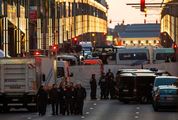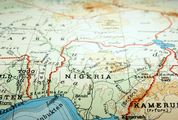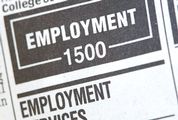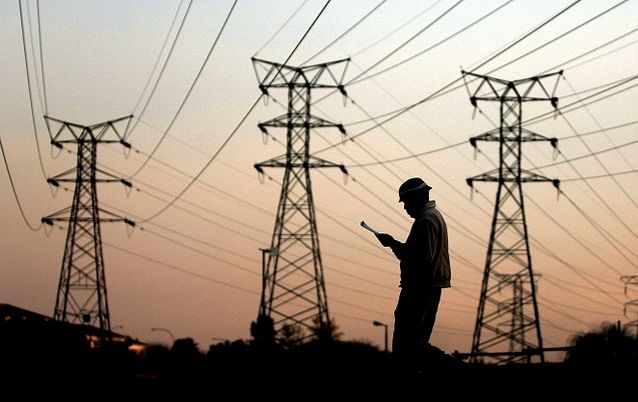ESKOM’S response to the National Energy Regulator of SA’s (Nersa’s) decision to award the utility just R11bn of the R22bn it had asked for was rather unpalatable.
The parastatal’s media release contained a statement from CE Brian Molefe that sounded like blackmail. If you don’t give us the money, it will be your fault if we load shed, was its essence.
This is a pity because the Nersa ruling covers a period dating back more than two years, when Mr Molefe wasn’t even there. Load shedding was at its worst from late 2013 into 2014 under acting CE Collin Matjila and CE Tshediso Matona. Once Mr Molefe took the reins, the trend reversed, and as Eskom never tires of pointing out, there has been no load shedding for many months.
If the reason is better management, or lower demand, or (unfortunately) less maintenance, then we should have little to fear if the regulator has made it clear to Eskom that it won’t just dish out money to pay for the diesel to run its costly open cycle gas turbines. Mr Molefe has assured us lately that there will be no load shedding, and we must believe him — so the diesel shouldn’t be necessary.
Perhaps Nersa had that in mind when it found a commendably creative way to decline Eskom’s request for R8bn to cover overruns on its diesel bill in financial year 2013-14. Nersa allowed just R1.2bn of this, arguing that Eskom used the open-cycle gas turbines only because its other plant was unavailable (but presumably should have been). Nersa, therefore, allowed only the cost of coal, not of diesel.
The regulator also took a very careful look at Eskom’s demands for more money to compensate it for lower-than-expected sales, and again, allowed only R6bn of the R11.7bn it had requested.
Eskom’s previous application was thrown out last year, with the regulator making it clear it did not comply with the rules. This one was a more serious effort, in which Eskom used its right to "claw back" the earnings shortfall that resulted from costs going higher, and lower sales, than the regulator allowed for in its tariff determination for 2013-14.
The following year saw even more load shedding and Eskom may well be going back to Nersa for an even larger clawback for 2014-15.
All this raises the question of whether the regulatory model is up to the task. For years now, Nersa has been making tariff determinations after long consultation, and Eskom has then gone back with piecemeal requests to raise (or in one case reduce) what had been decided.
Businesses cannot plan if there is this degree of uncertainty about the electricity tariff path. Nor can municipalities. Nersa, to its credit, has now ruled that Eskom must come back to it within three months with a proper, full application for a multiyear price determination.
For now, businesses and consumers may be relieved that Eskom’s latest application, which would have meant a 16% tariff increase this year, has been cut back to 9.4%.
The 9.4% is still steep in an economy in which inflation is expected to peak at just more than 7% and growth has fallen to little more than 1%.
For South African exporters, any competitiveness they might have gained from a weaker rand is being wiped out by higher input costs, with electricity costs among the biggest culprits.
For investors, the continuing uncertainty over the availability and cost of electricity are more negatives.
Although Nersa’s decision is welcome, it doesn’t tackle the issue of Eskom’s financial sustainability. Its balance sheet is fragile and there is nothing coming to its rescue.
The Nersa ruling highlights the need for the government to act with urgency on the review of state-owned companies that Finance Minister Pravin Gordhan has promised.
Eskom should be up there on the list.


















Change: -1.54%
Change: -1.49%
Change: -2.02%
Change: -0.73%
Change: -4.01%
Data supplied by Profile Data
Change: 0.10%
Change: -0.13%
Change: -1.54%
Change: 0.00%
Change: -0.39%
Data supplied by Profile Data
Change: 1.00%
Change: 0.28%
Change: 0.73%
Change: 0.89%
Change: 0.00%
Data supplied by Profile Data
Change: -1.97%
Change: -3.72%
Change: -3.85%
Change: -3.32%
Change: -1.95%
Data supplied by Profile Data